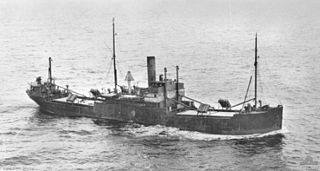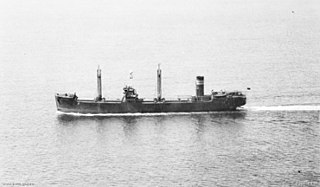 W
WBetween February 1942 and November 1943, during the Pacific War of World War II, the Australian mainland, domestic airspace, offshore islands and coastal shipping were attacked at least 111 times by aircraft from the Imperial Japanese Navy Air Force and Imperial Japanese Army Air Force. These attacks came in various forms; from large-scale raids by medium bombers, to torpedo attacks on ships, and to strafing runs by fighters.
 W
WA series of major bushfires following severe drought conditions in the state of Victoria in Australia, occurred during the summer of 1943–44. It was the driest summer ever recorded in Melbourne until 2002 with just 46 millimetres or 1.81 inches falling, a third of the long-term average. Between 22 December 1943 and 15 February 1944, burnt an estimated one million ha, 51 people were killed, 700 injured, and 650 buildings were destroyed across the state. Many personnel who would have been normally available for fire fighting duties had been posted overseas and to remote areas of Australia during World War II.
 W
WThe Bakers Creek air crash was an aviation disaster which occurred on 14 June 1943, when a United States Army Air Forces (USAAF) Boeing B-17 Flying Fortress aircraft crashed at Bakers Creek, Queensland. The aircraft took off from Mackay and crashed approximately 8 km south of the airfield. Forty military service personnel on board were killed; one person survived the crash. The crash was Australia's deadliest aviation disaster by death toll and was the deadliest accident involving a transport aircraft in the south-western Pacific during World War II.
 W
WAustralian Hospital Ship (AHS) Centaur was a hospital ship which was attacked and sunk by a Japanese submarine off the coast of Queensland, Australia, on 14 May 1943. Of the 332 medical personnel and civilian crew aboard, 268 died, including 63 of the 65 army personnel.
 W
WThe Japanese raid on Darwin of 2 May 1943 was a significant battle in the North Western Area Campaign of World War II. During the raid a force of over 20 Japanese bombers and Zero fighters attacked the Australian town of Darwin, Northern Territory, inflicting little damage on the ground. This attack was the 54th Japanese airstrike over Australia. The Royal Australian Air Force (RAAF) unit responsible for protecting the town, No. 1 Wing RAAF, intercepted the Japanese force after it had completed its attack, and suffered heavy losses from the Japanese fighters, aggravated by fuel shortages. The results of the battle led to public concern, and No. 1 Wing adopted new fighting tactics which proved successful in countering later raids.
 W
WSS Fingal was a Norwegian merchant ship of 2,137 tons which was sunk during World War II off the coast of Australia.
 W
WSS Iron Knight was a 4,812 GRT Australian iron ore carrier which was sunk during World War II by a Japanese submarine.
 W
WTask Force 44 was an Allied naval task force during the Pacific Campaign of World War II. The task force consisted of warships from the United States Navy and the Royal Australian Navy (RAN). It was generally assigned as a striking force to defend northeast Australia and the surrounding area from any attacks by Axis forces, particularly from the Empire of Japan.